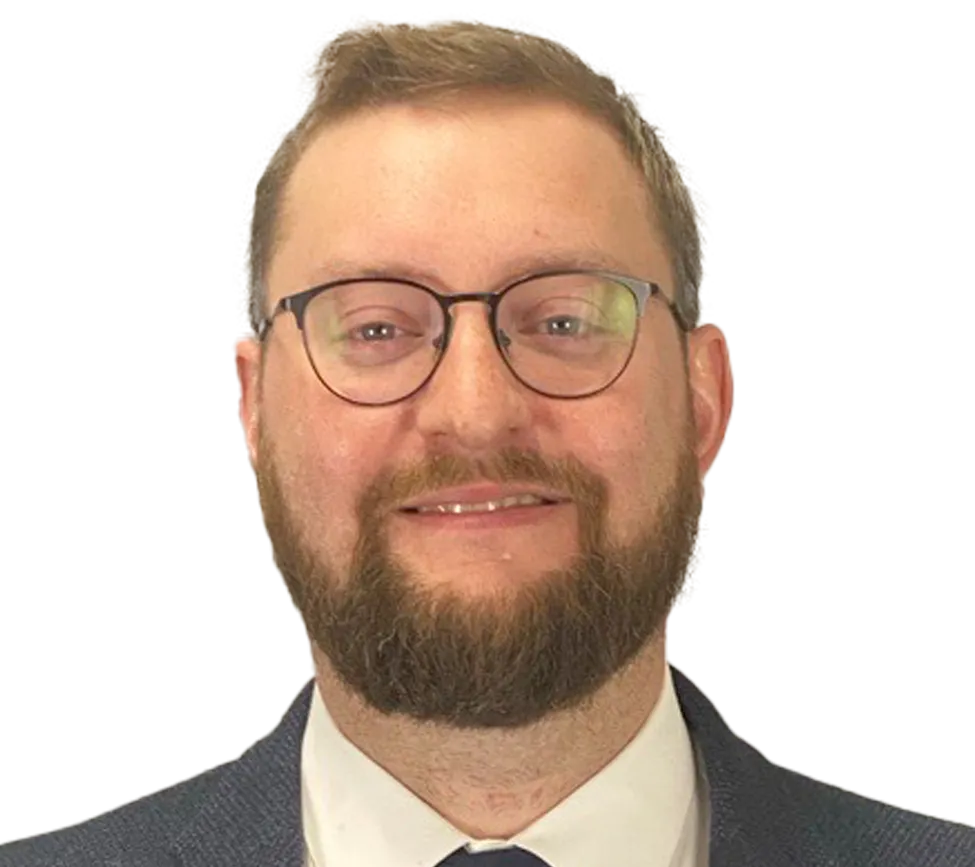

- Ph.D., Aerospace Engineering, University of Michigan, Ann Arbor, 2017
- M.S., Aerospace Engineering, University of Michigan, Ann Arbor, 2013
- B.S., Mechanical Engineering, University of Iceland, 2012
- Professional Engineer Mechanical, California, #39937
- Stanford University, Department of Aeronautics and Astronautics, Invited Lecturer
- American Institute of Aeronautics and Astronautics (AIAA) member
- AIAA, Aerospace Design and Structures Group, Materials Technical Committee Member
- American Society for Composites
- Icelandic
Dr. Thorsson specializes in analysis of mechanical systems, materials, and structures, with particular focus on failure analysis and composite materials. He utilizes his combined background in experimental, theoretical, and computational analysis to solve complex multidisciplinary engineering problems for clients. Dr. Thorsson consults clients across a wide range of industries, including aerospace, automotive, naval, consumer products, and wind, solar, and gas energy. The products Dr. Thorsson has analyzed include automotive vehicles and components, wind turbines, solar panels and racking/tracking systems, aircraft, space launch vehicles (i.e., rockets), satellites, steel and composite pipes, pressure vessels (composite and composite overwrapped pressure vessels (COPVs)), composite boat hulls, hydraulic hoses, hydraulic dampers, large industrial equipment, sporting equipment, medical devices, and consumer products, including consumer electronics and lithium-ion batteries.
In the aerospace, wind, and solar industries, Dr. Thorsson assists clients with engineering challenges over the entire life cycle of the project, often in support of litigation or arbitration. His analyses commonly involve review of the design, manufacturing, and certification requirements, conducting root cause analysis, evaluating existing or alleged damage and/or defect, fitness for service evaluation, evaluation, and consulting regarding repair and/or remediation, review of fleet-wide performance data, structural and material testing, and computational analysis. Dr. Thorsson has training in composite material structural repairs, including wind turbine blade repairs, and he has obtained a Blade Repair certification from the Global Wind Organization (GWO).
Dr. Thorsson has extensive experience assisting clients in the automotive industry with technical analyses in support of products litigation, class action lawsuits, motor vehicle regulatory requirements, noncompliance determinations, and petitions for inconsequential noncompliance. He has assisted clients with defect investigations, root cause analysis, and testing to requirements for Federal Motor Vehicle Safety Standards (FMVSS) and analogous international automotive safety standards (e.g., Europe, India, and China). His analyses have addressed hydraulic brake hoses, semi-vehicle trailers, and various systems and subsystems (including brakes, timing chain, seats, seat belts, and others). Dr. Thorsson has directed technical analyses on large projects that involved multiple dozens of technical staff and on small projects that involved just a few technical staff, authored technical reports, and briefed the National Highway Traffic Safety Administration (NHTSA) regarding technical investigations in petitions for inconsequential noncompliance.
Prior to joining Exponent, Dr. Thorsson conducted research at the University of Michigan Aerospace Department. His research was conducted in collaboration with one of the world's leading aircraft manufacturers and focused on the impact response and damage of aerospace grade carbon fiber reinforced polymer (CFRP) composites, with a particular focus on barely visible impact damage (BVID). During his research at University of Michigan, he also investigated the crashworthiness of woven composite tubes for the automotive industry and the structural performance of sandwich structures.